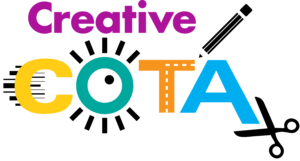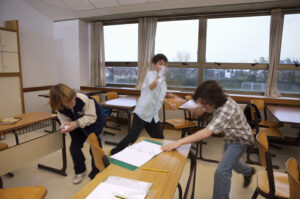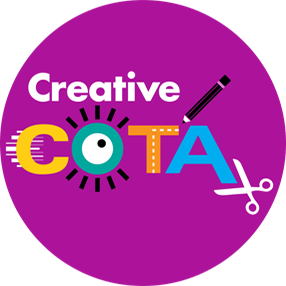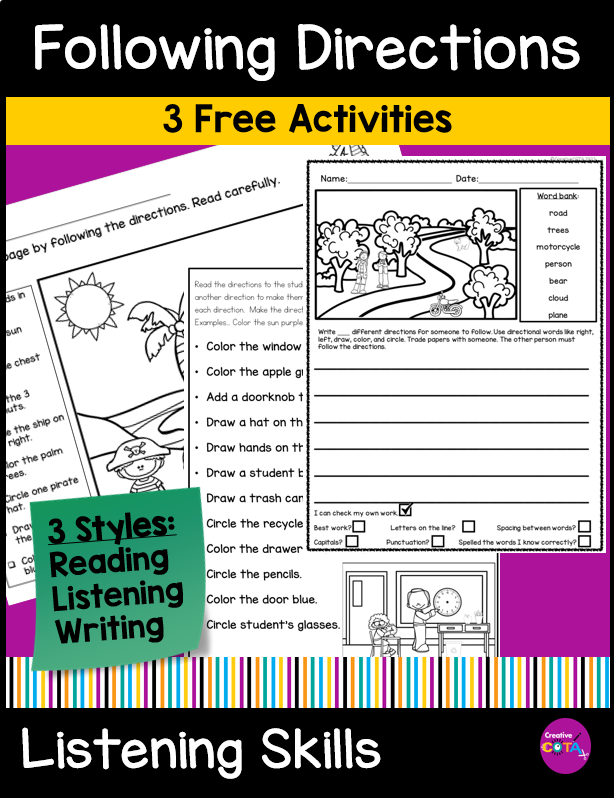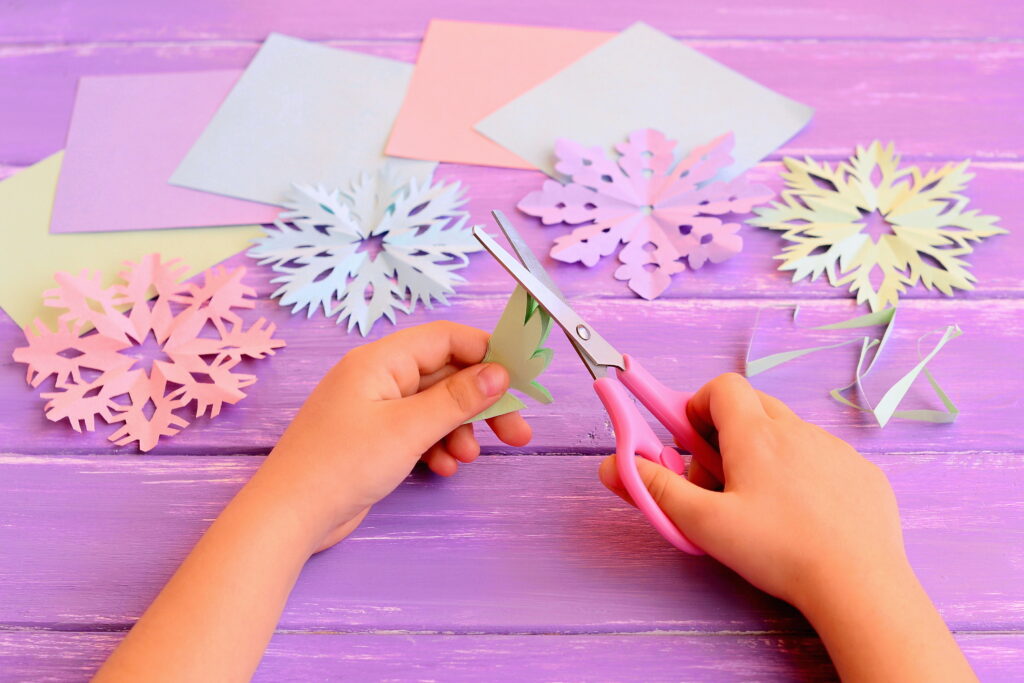
(This post contains affiliate links. If you use a link and purchase one of the items I recommend I will receive a small fee. There is no cost to you.)
January brings not just a new year but a burst of academic excitement with themed activities designed to keep elementary students engaged and learning. Check out these January-themed activities, for typical and special education students or occupational therapy, they integrate math, literacy, writing, handwriting, fine motor, visual perceptual skills, and social-emotional learning.

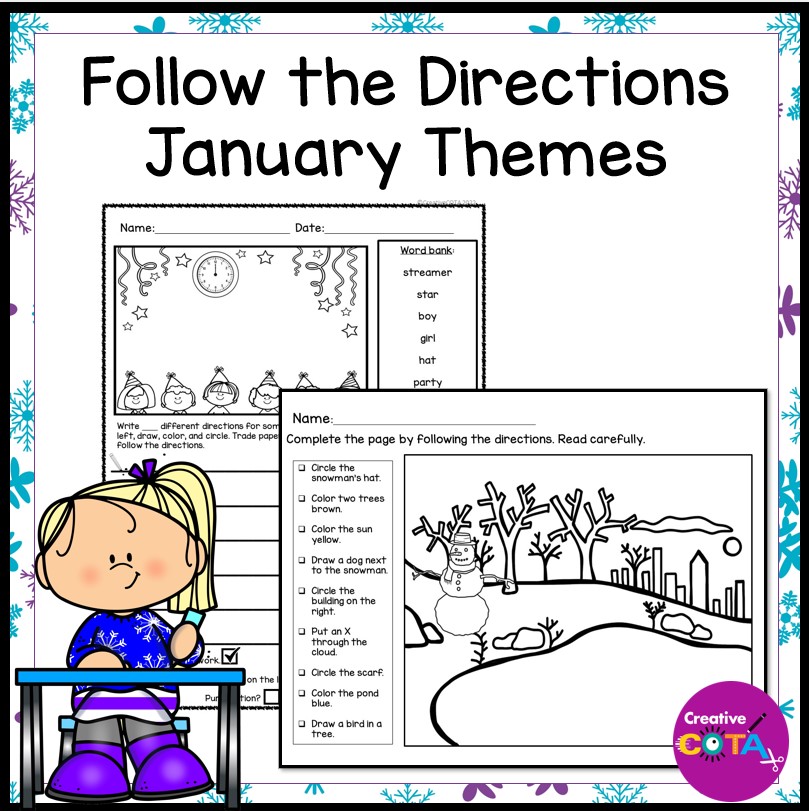
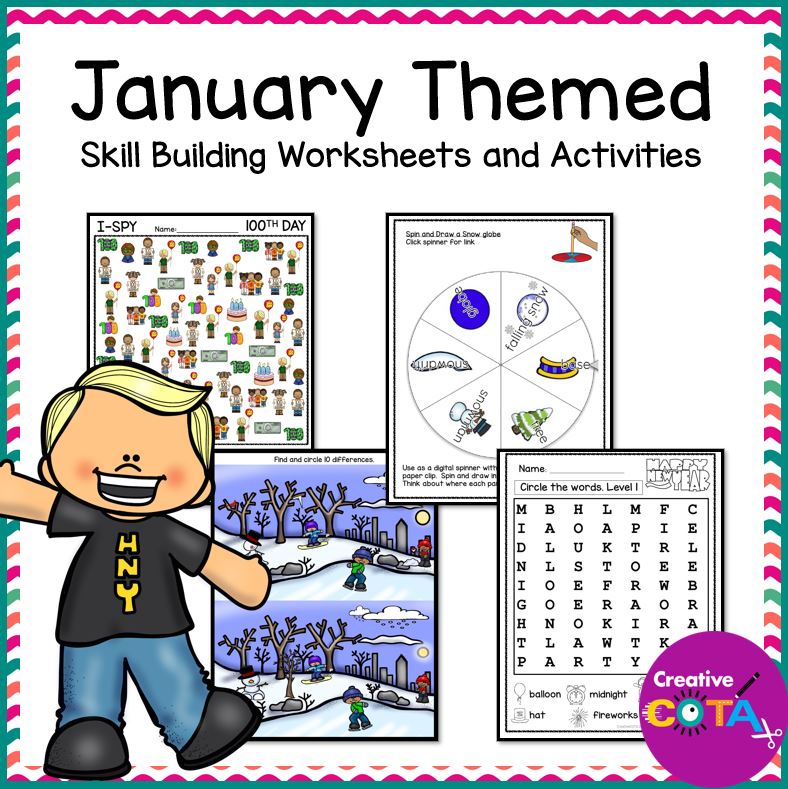
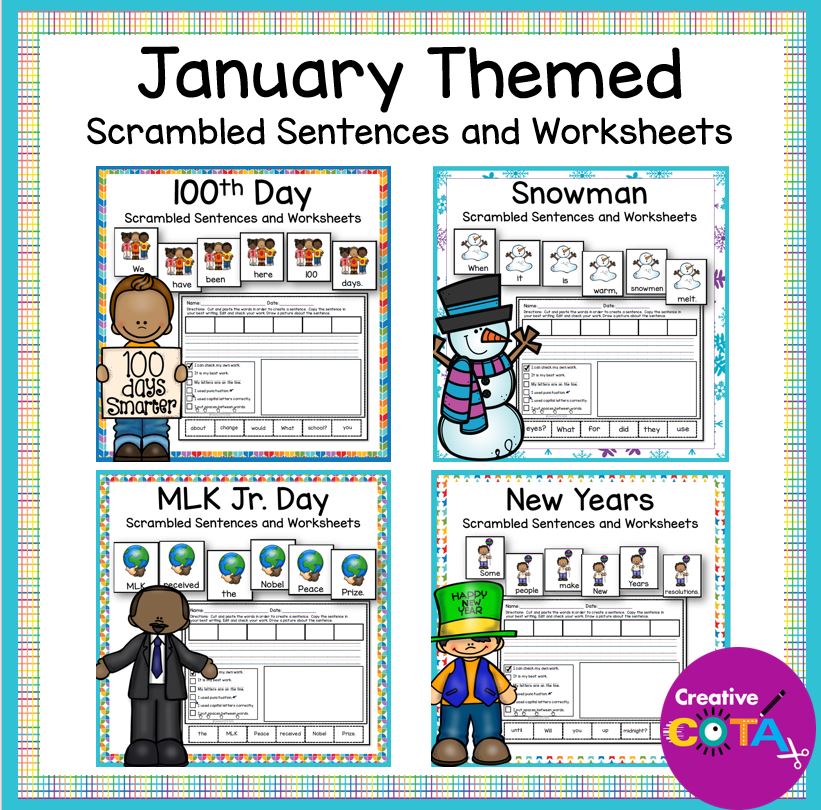
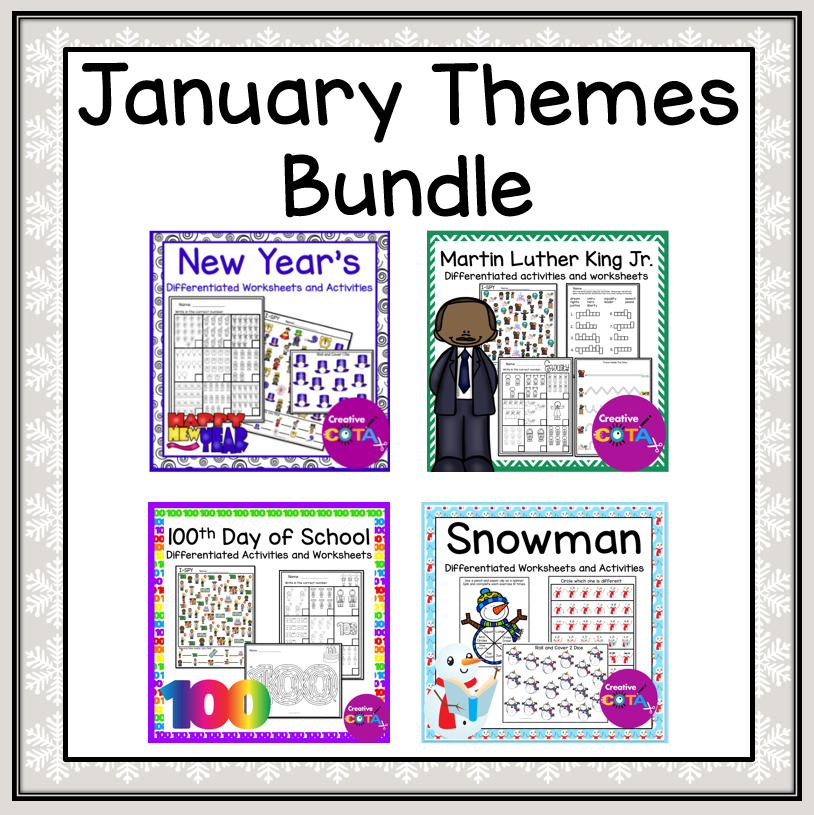
From New Year celebrations to winter wonders, snowmen, and MLK reflections, these activities are more than just worksheets—they’re dynamic tools for occupational therapy, writing centers, math stations, and engaging tasks for early finishers. Dive into January, where learning becomes an adventure in every prewriting sheet, sequencing activity, and I-spy math worksheet.
What is included?
- Handwriting: Tracing prewriting sheets, letter box handwriting, and write-the-room practice for handwriting skill development.
- Visual Perception: Find the same visual perception activities and word searches that challenge and enhance cognitive abilities.
- Math: Counting worksheets, roll and cover numbers, and I-spy math worksheets bring numbers to life.
- Sequencing Stories: Dive into sequencing writing activities that unleash creativity and logical thinking.
- Writing: Writing prompts and scrambled sentence activities add an engaging way to work on narrative writing.
- Motor Activities: Gross motor activities complement fine motor exercises for a well-rounded physical approach.
- Direction-Following: Engage in follow-the-direction activities that foster listening skills and attention.
- Social Emotional Learning: An emotion bingo game helps students identify emotions and work on social-emotional intelligence.
These January-themed resources aren’t just for one purpose. Whether it’s supporting occupational therapy goals, inspiring creative writing, or providing emergency sub plans, this variety pack caters to diverse needs. As the winter winds blow and classrooms buzz with energy, let January be a month of skillful adventures and academic delights.
Add Winter Low Prep Crafts
- Snowflake Cutting: Provide students with paper snowflake templates or simple shapes to cut out. Cutting along the lines enhances scissor skills.
- Pom-Pom Sorting: Use winter-themed colors like blue and white. Students can use tweezers or their fingers to sort and place pom-poms into corresponding colored cups.
- Winter-Themed Beading: Create winter-themed bead patterns or provide beads in snowflake shapes. Stringing beads helps improve hand-eye coordination and fine motor control.
- Salt Dough Snowmen: Mix up a batch of salt dough and have students roll, shape, and decorate their own salt dough snowmen. This not only develops fine motor skills but also offers a creative outlet.
- Hot Cocoa Playdough: Make a batch of hot cocoa-scented playdough. Students can roll, mold, and create winter-themed shapes, promoting tactile exploration and fine motor control.
- Marshmallow Building: Use mini marshmallows and toothpicks to build snowflakes or winter structures. This activity enhances hand-eye coordination and fine motor precision.
- Snowball Tongs Transfer: Provide students with tongs and small cotton balls (representing snowballs). Challenge them to transfer the snowballs from one container to another, refining fine motor skills.
- Winter-Themed Sticker Collage: Offer a variety of winter-themed stickers, and let students create their own winter scenes on paper. They can also sort like stickers into boxes drawn on the paper. Peeling and placing stickers hones fine motor precision.
- Threading Mittens: Cut out mitten shapes from cardboard or felt and punch holes around the edges. Students can then thread yarn or shoelaces through the holes, improving fine motor skills.
- Ice Cube Painting: Freeze water with a drop of food coloring in each compartment of an ice cube tray. Once frozen, students can use the colorful ice cubes to paint on paper, incorporating a sensory element into fine motor activities.
My favorite Winter fine motor and sensory activity is Snowman Floof. Snowman Floof is a sensory marvel. Soft, moldable, delightfully cool, and not sticky. Works on fine motor skills as children shape their own snowmen. This tactile activity is a great OT warm-up activity, fostering creativity, hand strength, and sensory exploration—a perfect blend for occupational therapy activities. I have had my bucket for more than 5 years. I have students wash their hands before we get it out to help keep the Floof clean.

Winter Themed Freebies

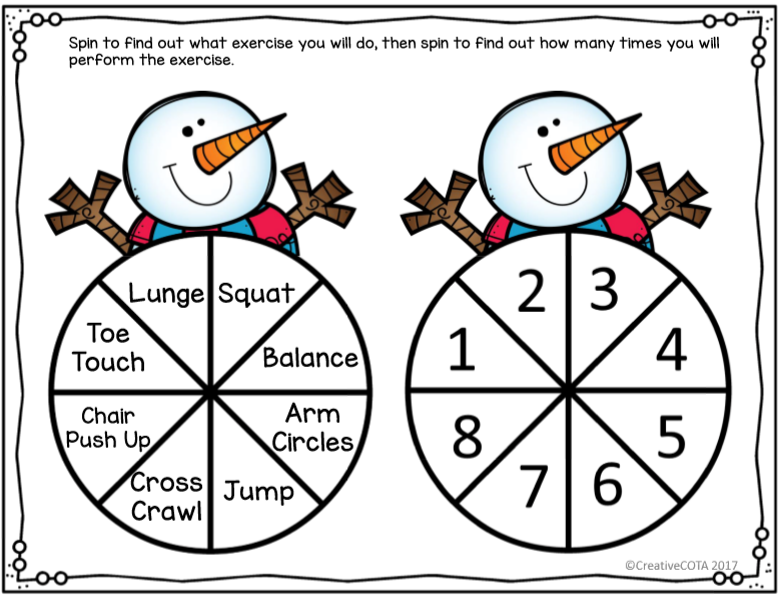
About the Author
I am a Certified Occupational Therapy Assistant (COTA) and have been working in a public school system for more than 25 years. My resources can be found on TPT, BOOM Learning, Made by Teachers, Classful, and Your Therapy Source. I appreciate your interest wherever you wish to shop.
My mission is to help you find creative ideas to incorporate fine motor, visual perception, gross motor, and social-emotional learning into your lessons.
I hope you consider signing up for my Free Resource Library with your Email. I send out emails about once a week and share resources, tips, and planning ideas for your classroom or occupational therapy needs. Hopefully, these help your students work on building their skills in a fun and engaging way.

